Creativity in fashion and design starts with an increase in quality, the need to increase value for money, to achieve brand recognition and individuality. Creativity is the art of fashion and design is based on the design of new fashion products.
Furthermore, creativity in the fashion industry today needs to satisfy the 21st-century mentality. As a result, many fashion designers are interested in new design ideas. As a result, competition in the fashion industry is growing. It has inspired designers to focus on new designs with modern trends.
It is the desire of every designer to retain their customers in fashion. With this in mind, they must acknowledge that the 21st-century mentality is based on innovation and changing policies. The industry is designed with a combination of values such as talent and creativity. This is evident in the changing policies and trends in the industry. Such changes in trends and designs increase the creativity and desire of fashion designers to create unique art forms. Creativity is the basic foundation on which modern art develops in fashion and design.
Creative use of the mind including time and translating its impact into a unique, topical, and marketable commodity has been crucial to the survival of fashion-centric companies. We joined the psychological point of view on imagination with social realism to create examining inquiries for the grounded hypothesis of the inquiry: How does the innovative procedure work for structure and advancement in the twenty-first-century worldwide design industry? The typology and universal setting for imagination in style configuration are gotten from information gathered in a progression of top to bottom meetings.
We reliably characterize initiative inventions and positive innovations. Leadership creativity transcends current architectures and puts the field in a new direction, while positive creativity connects the example of the direction in which the field is already trending. This typology describes eight detailed features of the design and development work environment that are typical of fashion and defines the various components of the characteristics that characterize the creative type. Much of the work in fashion design and development today reflects positive creativity. Naming and describing specifically the interaction between these qualities and leadership creativity and positive creativity, Typology lends structure to vague parameters related to creativity in fashion design and development.
How do people adapt to the new arts in fashion?
Often, people imitate new fashions through imitation. There is a tendency for people to dress like their favorite stars. Therefore, they have no choice but to earn the fashion designs of their stars. They buy shoes, clothes, and jewelry just like their favorite stars. As a result, fashion evolves and takes on a new shape over time. Today a large number of people spend hours looking at magazines and advertisements to identify trending styles. Also, people want to look special. So they adopt a unique style, which then starts trending.
Hence the art of fashion design. Changing cultures, competition, imitation and the need to isolate oneself from others are the main motivators for fashion development.
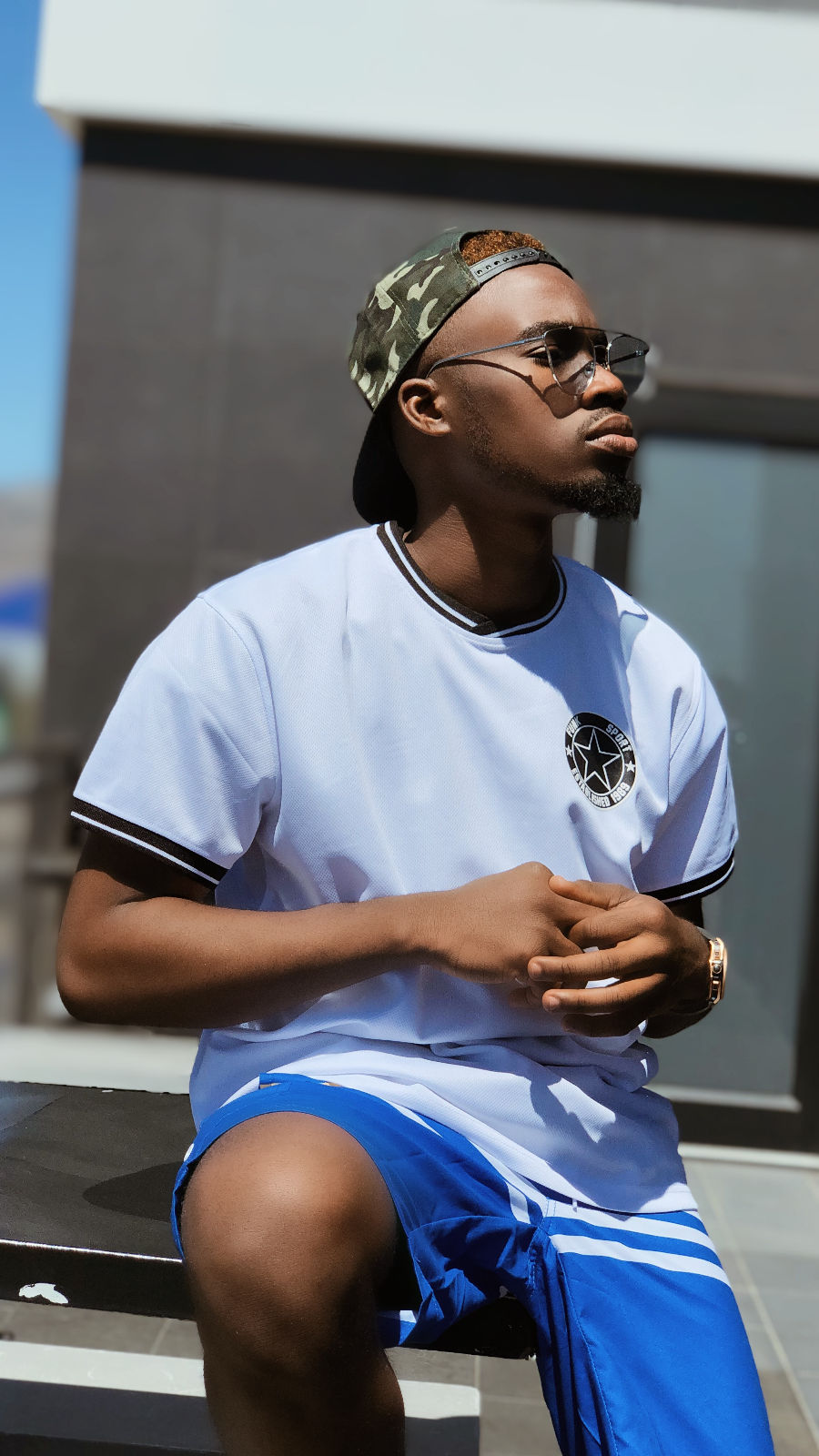


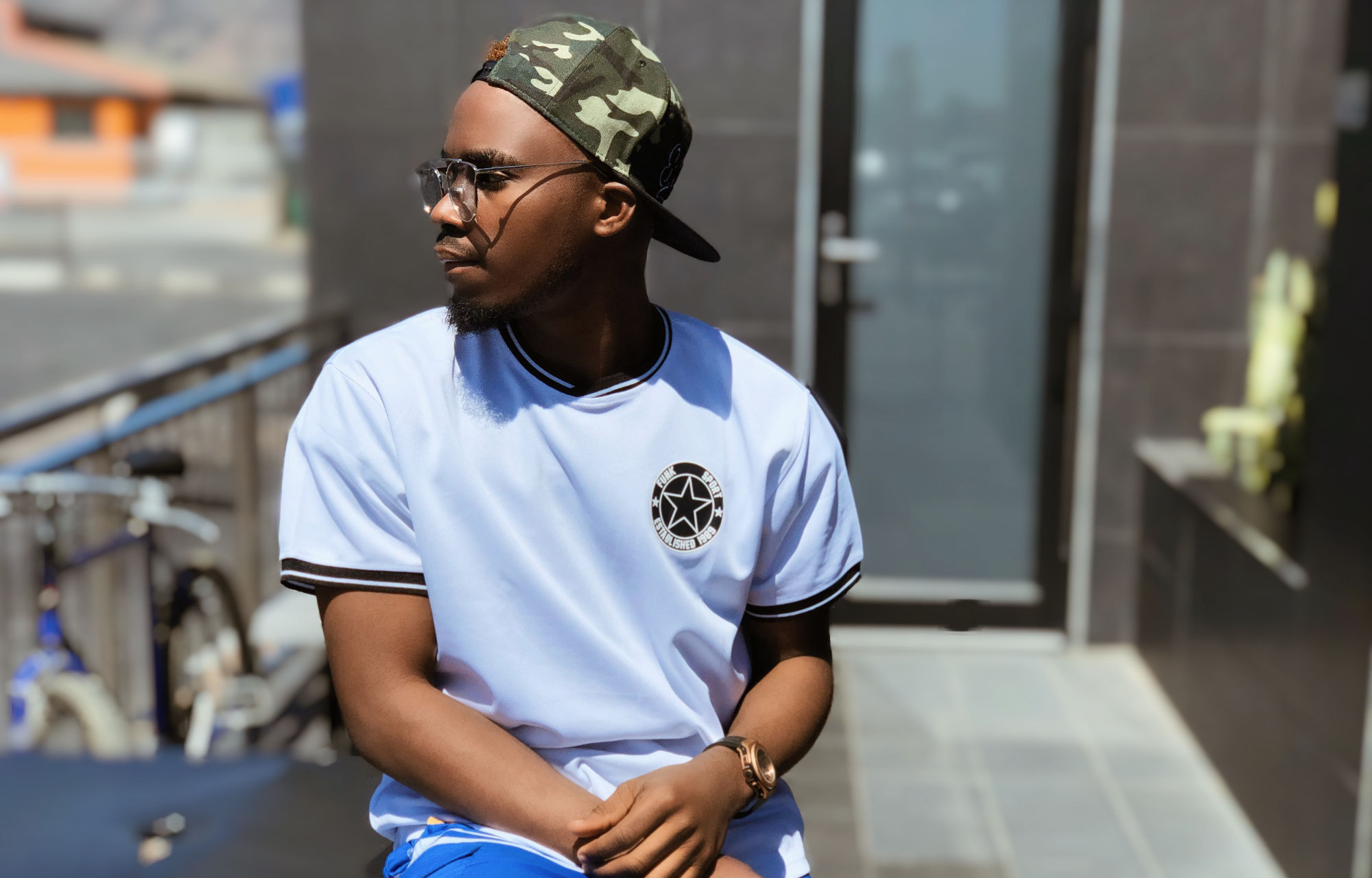
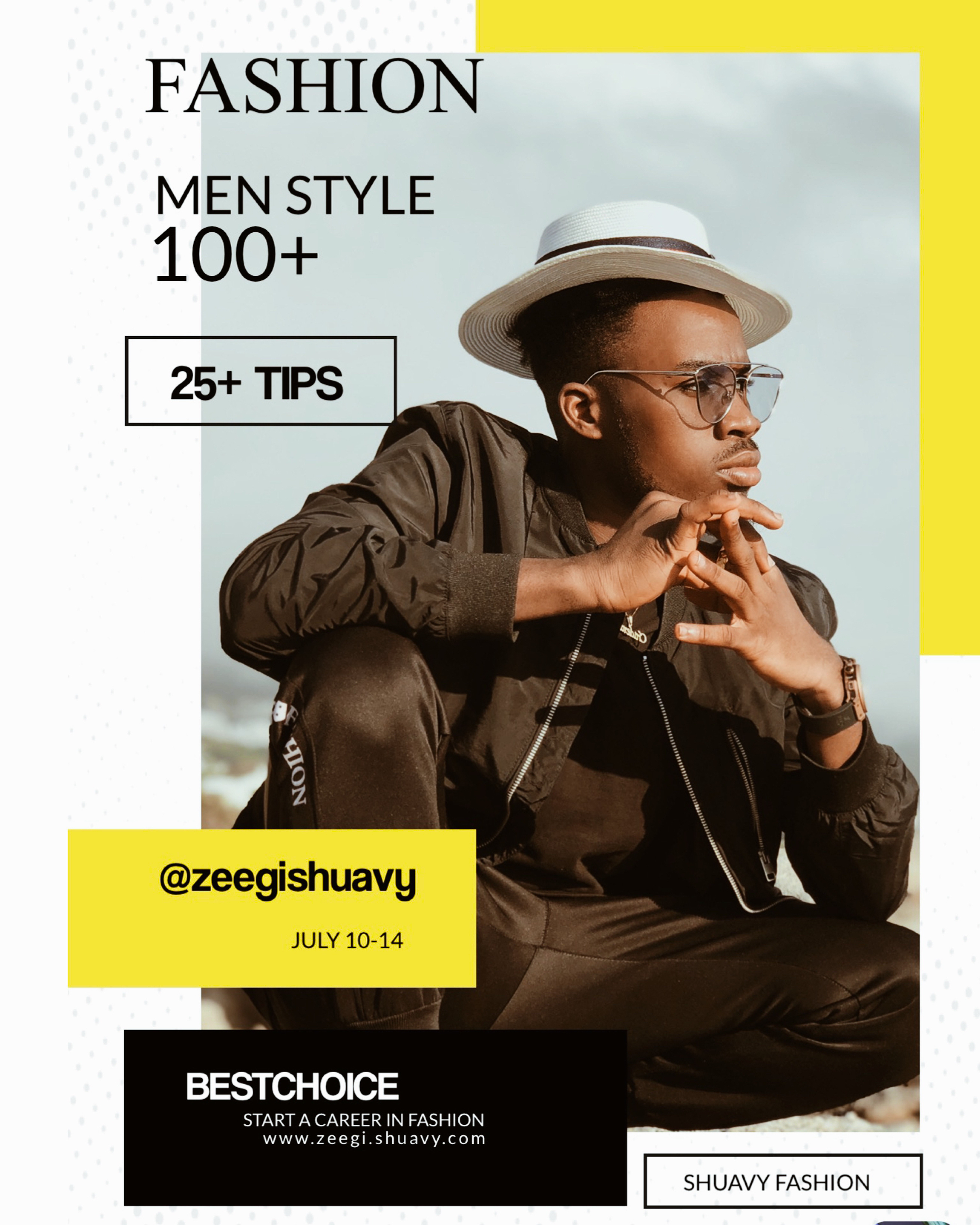


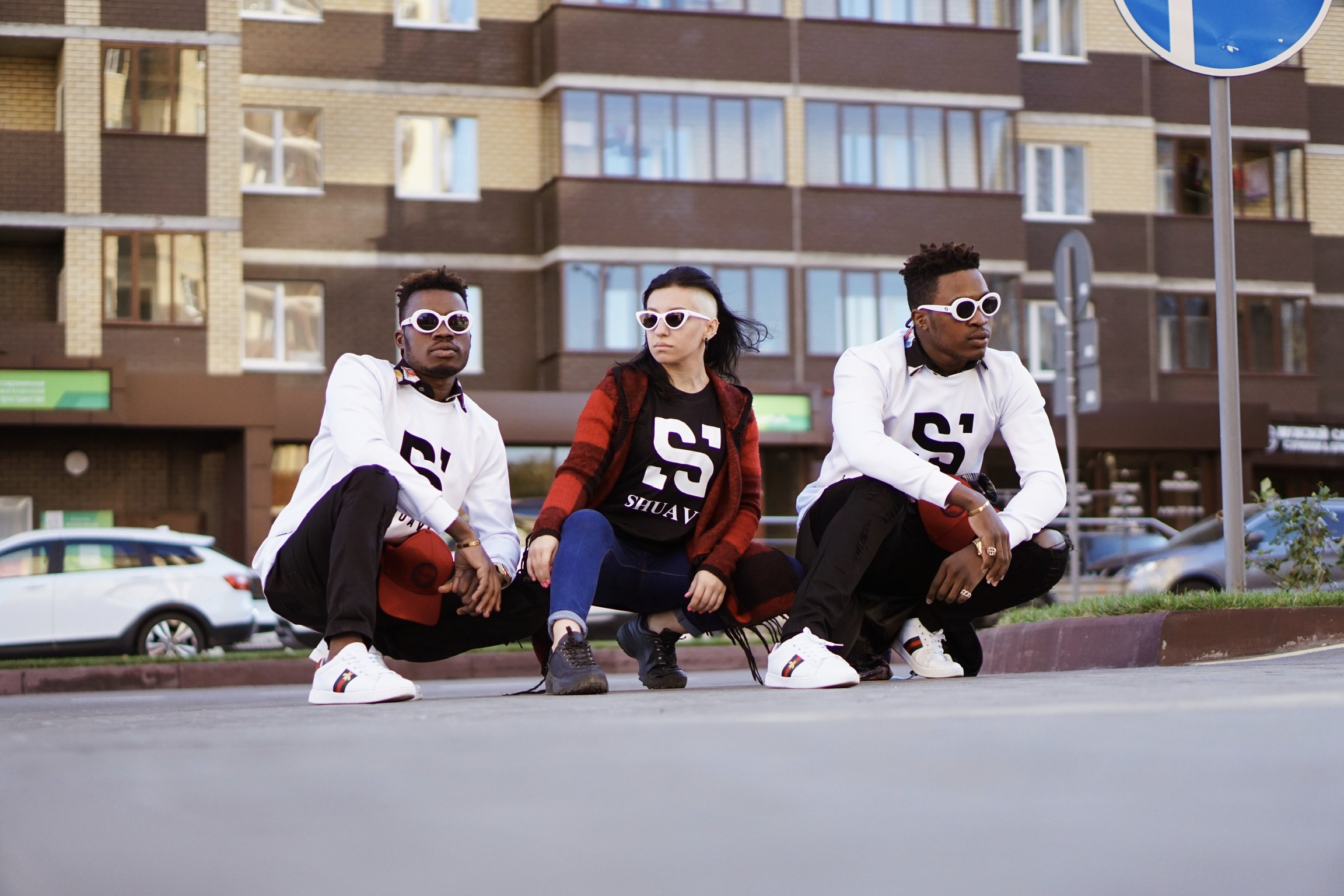

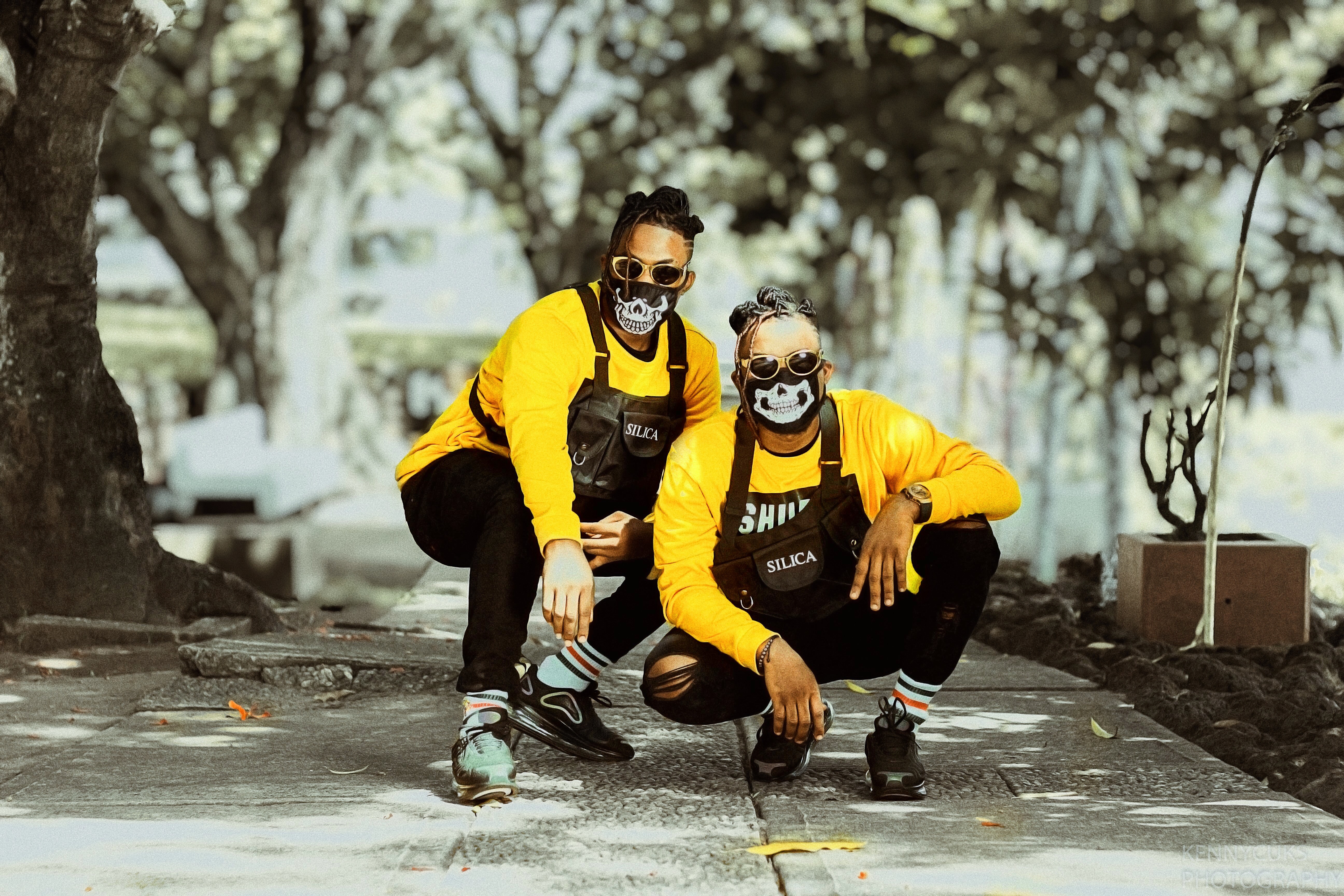
Leave A Comment